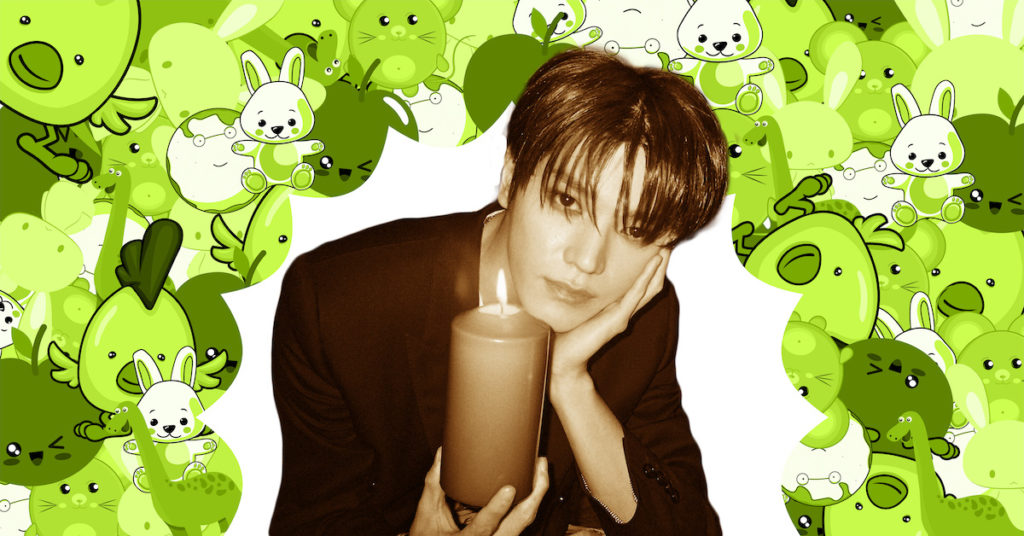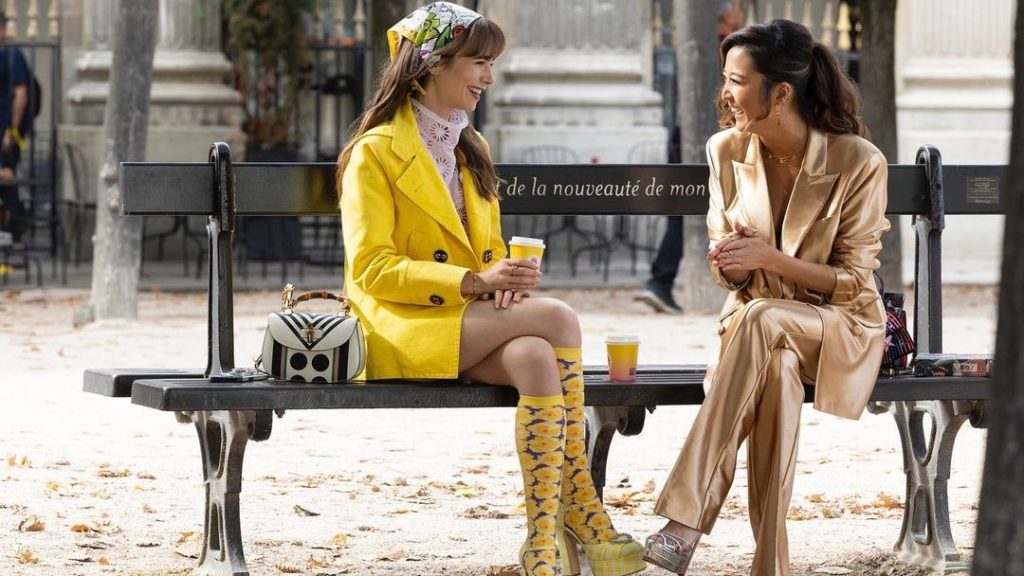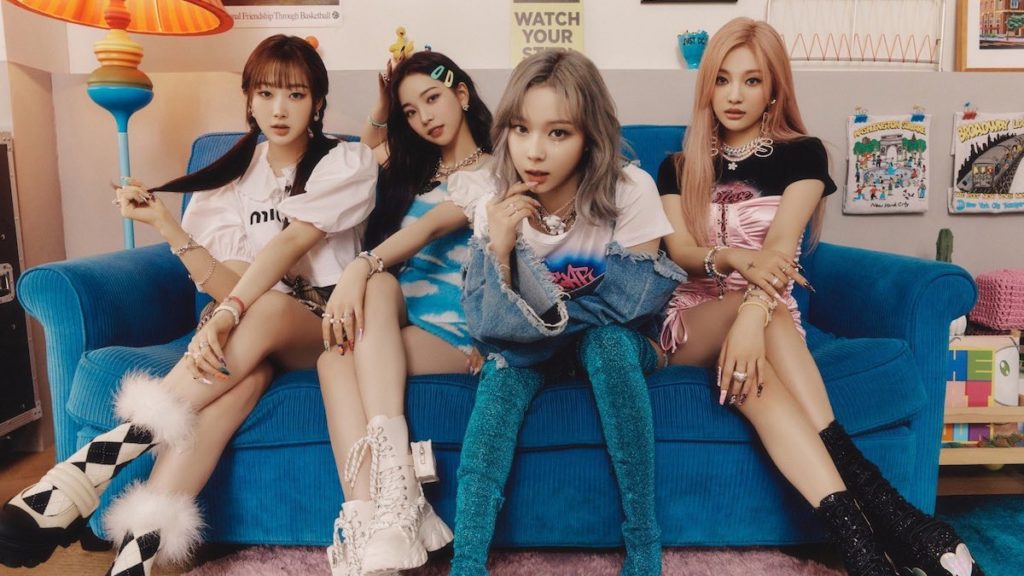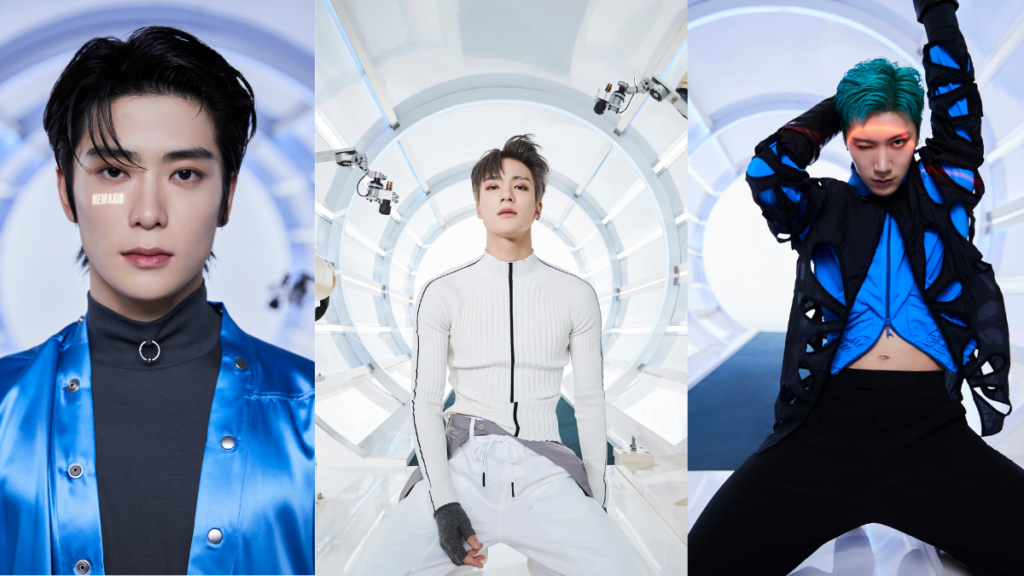The belief that animation is an art form, rather than a genre, has been around for decades. Artists throughout history have continuously used animation to tell their stories, regardless of how complex the plot is. The same can be said for the music world. Songs have the ability to tell intriguing stories that attract fans of all ages. Music also serves as an art form, and when the worlds of music and animation collide, beautiful things can happen.
Animation has entered the world of K-pop on numerous occasions. From BoA lending her voice for Inuyasha’s ending theme song to MONSTA X guest-starring on We Bare Bears, the collaboration of these two art forms can certainly be exciting. However, what would happen when you mix current K-pop songs with Western animated movie scenes? Grab some popcorn and a pair of headphones, and let’s tread the space where K-pop meets animation!
1. Destino (1945) and “Monroe”
In 1945, Spanish artist Salvador Dalí and American film producer Walt Disney came together to create a near seven-minute masterpiece entitled Destino (Spanish for destiny). The short film features a passionate woman on a journey through an alternate world in search of her true love. Though its premise may seem simple, the film showcases a complex landscape, depicting the yearning and longing for intense love. While production originally began in 1945, it wasn’t until almost six decades later that the film would be completed with the help of newly-advanced animation tactics.
18 years later in 2021, NCT’s Taeyong collaborated with EXO’s Baekhyun, resulting in the creation of “Monroe.” Similar to Destino, “Monroe” contains a multitude of metaphors describing the fiery love one has for another. Both Destino and “Monroe” display the allure of love and the complex emotions that come along with it.
2. An Extremely Goofy Movie (2000) and “위로가 돼요 (Pluhmm)”
An Extremely Goofy Movie is the sequel to 1995’s successful A Goofy Movie. In the film, Goofy decides to continue his college education at the same school as his son and begin a relationship with Sylvia, the librarian. With Goofy and Sylvia’s mutual love for ’80s memorabilia, they begin to slowly learn more about each other and bond.
Goofy’s desire to pursue Sylvia and learn about her life coincides with the theme of HA:TFELT’s 2018 song “위로가 돼요 (Pluhmm).” In the song, HA:TFELT gushes about a guy she just met and desires to know him more. The music video features her happily dancing around her home, similar to how Sylvia dances excitedly with Goofy in this scene.
3. The Steadfast Tin Soldier (2000) and “Bambi”
In this visual recreation of the 1838 fairytale, The Steadfast Tin Soldier conveys an unlikely love story with dire consequences. The story follows a toy ballerina who falls for a tin soldier while being watched from afar by a jealous giant jack-in-the-box. This eventually leads to a violent confrontation between the jack-in-the-box and the tin soldier.
The tin soldier’s pursuit of the alluring ballerina aligns with the themes of temptation in Baekhyun’s “Bambi.” With him repeatedly calling his lover “dangerous” and “neverland,” the idea of love leading to temptation (and vice-versa) is present in both of these creations. Both show how what could at first seem like giving in to a selfish desire might result in finding your true love. Conversely, if you go out of your way to search for what you love, you may find that it could lead you down a dark path instead.
4. Piglet’s Big Movie (2003) and “환생 (Rebirth)”
Continuing the theme of love is this scene from Piglet’s Big Movie. The clip features Pooh’s friend Piglet as he disguises himself as Kanga’s son, Roo, in order to determine if she’s dangerous. Rather than hurting him, Kanga welcomes Piglet into her home with open arms, despite knowing it’s not her real son. She nurtures and cares for him as if he were her own child.
Red Velvet’s “환생 (Rebirth)” tells a similar story. The song celebrates the joys of unexpected love after meeting someone for the first time. Not only can love be sudden, but it can also be an emotionally soothing experience in which trust can begin to bloom. This song complements perfectly the sweetness of the animation.
5. Pinocchio (1940) and “먹구름 (Dark Clouds)”
Disney’s 1940 film Pinocchio tells the story of a wooden boy who comes to life. Along the way, he learns about what it takes to become a real boy with the help of his “conscience,” Jiminy Cricket. In this scene, Pinocchio and Jiminy are searching for Pinocchio’s creator and father figure, Geppetto, who was recently swallowed by a whale. The majority of the clip takes place underwater as they interact with a variety of sea creatures.
Similarly, Taeyong’s “먹구름 (Dark Clouds)” also inspires the feeling of being underwater, both physically and emotionally. While Pinocchio is literally underwater, Taeyong sings about being held down emotionally, even referencing drowning. “먹구름 (Dark Clouds)” also includes ocean sounds, which ties in neatly with the visuals featured in the clip.
6. Toy Story 2 (1999) and “Dispatch”
Adopting a more sorrowful tone, this scene from Toy Story 2 is all about loss. While speaking to Woody, Jessie tells the story of her previous owner, Emily, and her sadness from being abandoned. Jessie was with Emily for the majority of her childhood before being outgrown and neglected as she matured into a teenager. After being rediscovered years later, Jessie is thrown away by Emily in the very field where they used to play together.
“Dispatch” by Heize ft. Simon Dominic also takes on the topic of loss due to abandonment. Heize sings about the sorrow that comes with being left by someone whom you have spent a lot of time with. The feelings of loss and rejection permeate the song. Phrases such as “You can find another me/but I can’t” parallel Jessie’s experience as she attempts to recover from being abandoned by the one she loved the most.
7. The Iron Giant (1999) and “YOUNG”
1999’s The Iron Giant has been revered across generations since its release. It combines technology with drama and pits self-preservation against morals. Set in 1957, the film revolves around nine-year-old Hogarth Hughes, who discovers a giant metal man that has fallen out of the sky in the middle of the night. The scene depicts the frightening moments surrounding Hogarth’s initial contact with the extraterrestrial creature as he is all alone. Later in the film, the giant eventually develops a bond with Hogarth, but soon learns that much of humanity is not as inviting. He’s seen as a weapon of mass annihilation, nothing more than a giant gun.
This narrow view of the world aligns with “YOUNG” by Baekhyun and Loco. The song challenges the idea of forced conformity and encourages listeners to think for themselves while choosing their own path in life. This echoes the themes of the film, where people choose to fear the giant based on appearance and rumors alone. Additionally, lyrics such as “No more of what you don’t wanna do/do what you want instead of what’s typical” resonate with the giant’s character. Just because he’s a giant made of metal doesn’t mean he has to be a weapon, supporting his personal stance of “I am not a gun.”
8. Toy Story (1995) and “Love Right Back”
1995’s Toy Story featured the exciting lives of toys in Andy’s room, specifically those of Woody and Buzz Lightyear. When Buzz is first introduced to the room, he’s welcomed by most of the other toys with open arms. Woody, meanwhile, gives him the cold shoulder because he is worried that Buzz will replace him. As the scene plays out, we see Woody’s fears come true as Buzz gains popularity with the other toys and Andy alike. This begins to weigh on Woody, who feels the sting of rejection. He no longer receives Andy’s attention and is left wondering where it all went wrong.
This closely mirrors Raiden ft. Taeil and lIlBOI’s “Love Right Back,” which is laced with echoes of rejection. The three sing of a love that fizzled out, including lyrics such as “our relationship is on the edge.” Woody’s emotions in the clip convey the feeling of being forsaken by someone you thought returned your love, similar to those expressed in “Love Right Back.”
9. Peter Pan (1953) and “Long Flight”
Disney’s 1953 film Peter Pan explores the extensive world of imagination through the eyes of Wendy Darling and her two brothers. In this scene, Peter Pan teaches them how to fly using Tinkerbell’s pixie dust. Though they’re initially slow to learn, the children are soon flying over the streets of London and all the way to Neverland.
This closely parallels Taeyong’s 2019 song “Long Flight.” The buoyant lyrics convey the feeling of flying above the clouds, a feat mastered by the Darling children. Though he (or the children) may be frightened, this doesn’t stop them from experiencing a new means of enjoyment. Taeyong himself even conveys this idea in his own music video, where he is repeatedly seen jumping and falling through the clouds – he shows that a willingness to fly without being afraid of falling is a beautiful thing.
A Marriage of Two Mediums
Animation is clearly more than just a genre to keep children busy and entertained. It has the power to express complex emotions, help us heal from tough experiences, and inspire us to confront our fears.
K-pop has also spread to all corners of the world, helping people make new friends and grow new interests. As the music itself explores complex and interesting themes, it can inspire fans and non-fans alike.
When combining these two mediums, films and K-pop songs can be experienced in completely new ways, elevating the watching or listening experience to a whole new level. The next time you watch an animation or listen to a K-pop song, why not pair it with a complementary work to elevate your experience?
Interested in more crossovers between art and K-pop? Read more about the art movement inspirations behind Red Velvet’s “Feel My Rhythm” music video here!




